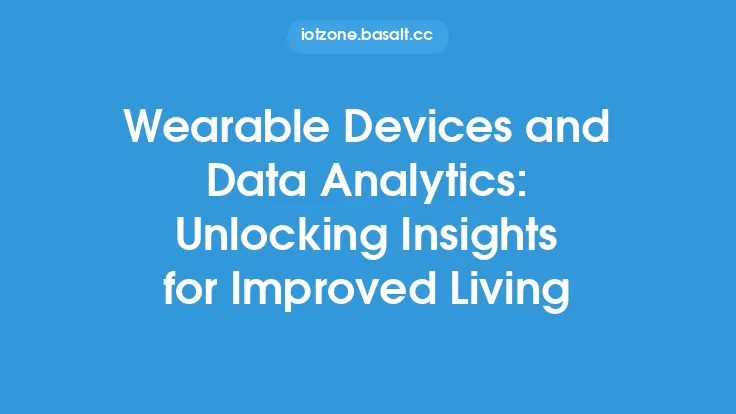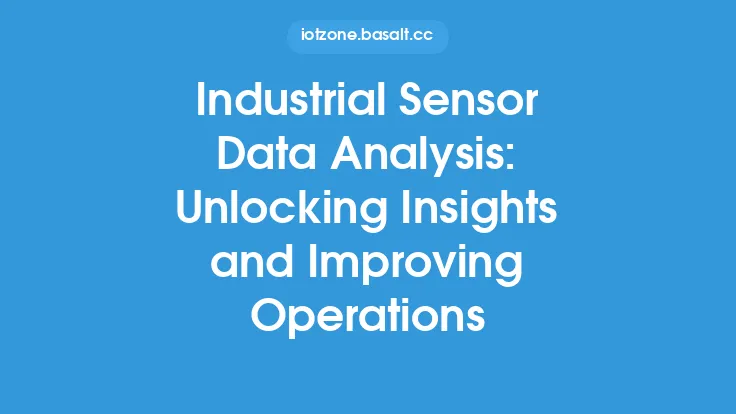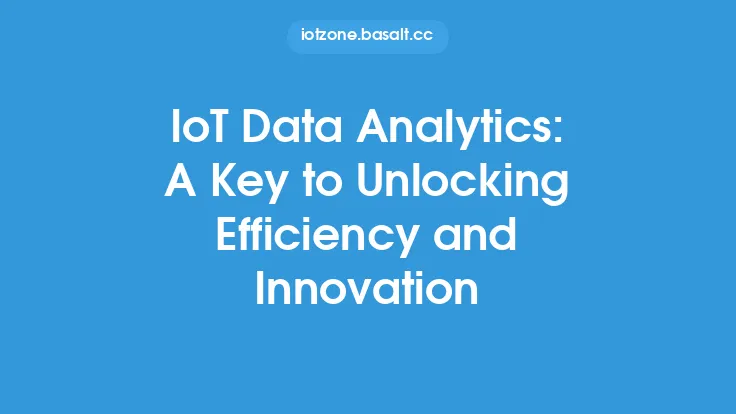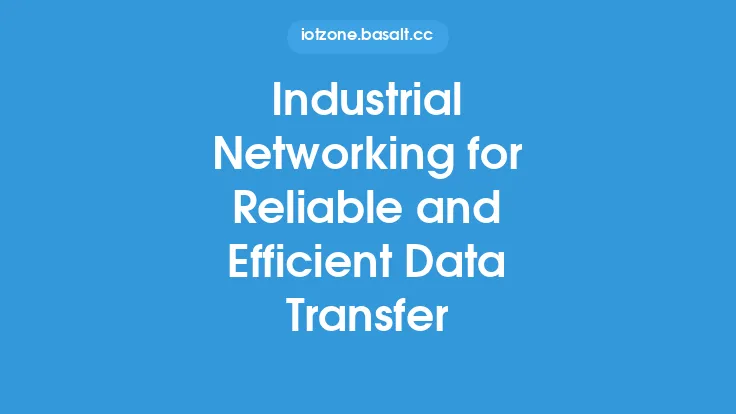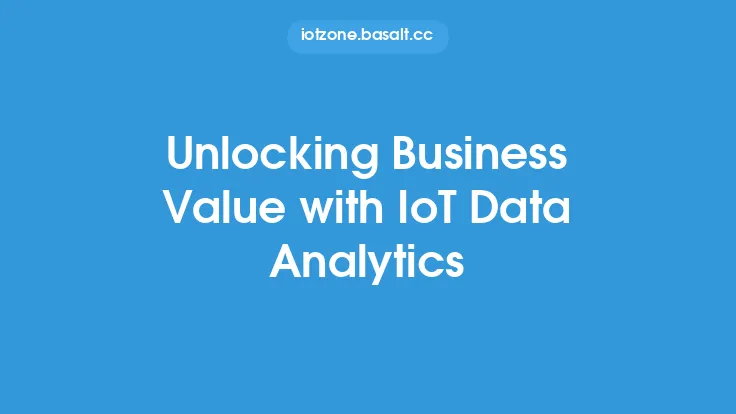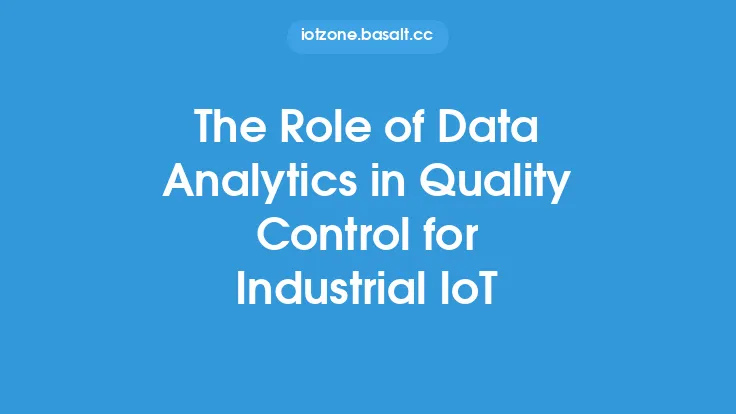The increasing complexity of industrial operations has led to a growing need for advanced networking and data analytics solutions. As industries continue to adopt digital transformation strategies, the ability to collect, analyze, and act on data from various sources has become a key differentiator. Industrial networking and data analytics are two interconnected disciplines that enable businesses to unlock valuable insights, optimize processes, and improve decision-making. In this article, we will delve into the world of industrial networking and data analytics, exploring the concepts, technologies, and benefits that are driving business success in the industrial sector.
Introduction to Industrial Data Analytics
Industrial data analytics refers to the process of collecting, processing, and analyzing data from industrial equipment, sensors, and other sources to gain insights into operational performance, productivity, and efficiency. This involves using advanced statistical and machine learning techniques to identify patterns, trends, and correlations within the data. The goal of industrial data analytics is to provide actionable insights that can inform business decisions, optimize processes, and improve overall performance. With the increasing amount of data being generated by industrial equipment and sensors, data analytics has become a critical component of industrial operations.
Industrial Networking Technologies
Industrial networking technologies provide the foundation for data analytics by enabling the collection, transmission, and storage of data from various sources. These technologies include wired and wireless communication protocols, such as Ethernet, Wi-Fi, and cellular networks, as well as industrial-specific protocols like Modbus, Profibus, and DeviceNet. The choice of networking technology depends on the specific application, with considerations including data rate, latency, security, and reliability. For example, in applications where high-speed data transfer is required, Ethernet or fiber optic networks may be used, while in applications where wireless connectivity is necessary, Wi-Fi or cellular networks may be preferred.
Data Collection and Processing
Data collection and processing are critical components of industrial data analytics. This involves using sensors, actuators, and other devices to collect data from industrial equipment and processes. The collected data is then processed and analyzed using advanced software and algorithms to extract insights and meaningful information. Data processing can be performed at the edge, in the cloud, or on-premise, depending on the specific application and requirements. Edge computing, for example, involves processing data in real-time at the source, reducing latency and improving responsiveness. Cloud computing, on the other hand, provides a scalable and flexible platform for data processing and analysis.
Advanced Analytics Techniques
Advanced analytics techniques, such as machine learning and predictive analytics, are being increasingly used in industrial data analytics to extract insights and predict future trends. Machine learning algorithms, for example, can be used to identify patterns in data and predict equipment failures or process anomalies. Predictive analytics, on the other hand, involves using statistical models and machine learning algorithms to forecast future events and trends. These techniques can be used to optimize maintenance schedules, improve quality control, and reduce energy consumption.
Benefits of Industrial Networking and Data Analytics
The benefits of industrial networking and data analytics are numerous and well-documented. By providing real-time insights into operational performance and productivity, businesses can optimize processes, improve efficiency, and reduce costs. Data analytics can also be used to predict equipment failures, reducing downtime and improving overall equipment effectiveness. Additionally, industrial networking and data analytics can enable new business models, such as predictive maintenance and performance-based contracting. By leveraging these technologies, businesses can unlock new revenue streams, improve customer satisfaction, and gain a competitive advantage in the market.
Real-World Applications
Industrial networking and data analytics have a wide range of real-world applications, from manufacturing and process control to oil and gas and transportation. In manufacturing, for example, data analytics can be used to optimize production schedules, improve quality control, and reduce waste. In process control, data analytics can be used to monitor and control process variables, such as temperature, pressure, and flow rate. In oil and gas, data analytics can be used to optimize drilling and production operations, improve safety, and reduce environmental impact. These applications demonstrate the versatility and potential of industrial networking and data analytics to transform industries and drive business success.
Challenges and Limitations
While industrial networking and data analytics offer numerous benefits, there are also challenges and limitations to consider. One of the main challenges is the complexity of industrial data, which can be noisy, incomplete, and inconsistent. Additionally, industrial data analytics requires specialized skills and expertise, which can be difficult to find and retain. Security is also a major concern, as industrial networks and data analytics systems can be vulnerable to cyber threats and data breaches. Finally, the cost of implementing and maintaining industrial networking and data analytics systems can be significant, requiring substantial investment in hardware, software, and personnel.
Future Directions
The future of industrial networking and data analytics is exciting and rapidly evolving. Emerging technologies, such as artificial intelligence, blockchain, and the Internet of Things (IoT), are expected to play a major role in shaping the future of industrial data analytics. Artificial intelligence, for example, can be used to develop more sophisticated predictive models and automate decision-making processes. Blockchain can be used to secure and authenticate industrial data, ensuring its integrity and trustworthiness. The IoT, on the other hand, can be used to connect industrial devices and systems, enabling real-time monitoring and control. As these technologies continue to evolve and mature, we can expect to see new and innovative applications of industrial networking and data analytics emerge.
Conclusion
Industrial networking and data analytics are powerful tools that can help businesses unlock valuable insights, optimize processes, and improve decision-making. By leveraging advanced networking technologies, data analytics techniques, and software solutions, businesses can gain a competitive advantage in the market, improve efficiency, and reduce costs. While there are challenges and limitations to consider, the benefits of industrial networking and data analytics are clear, and the future of these technologies is exciting and rapidly evolving. As industries continue to adopt digital transformation strategies, the importance of industrial networking and data analytics will only continue to grow, driving business success and innovation in the years to come.
